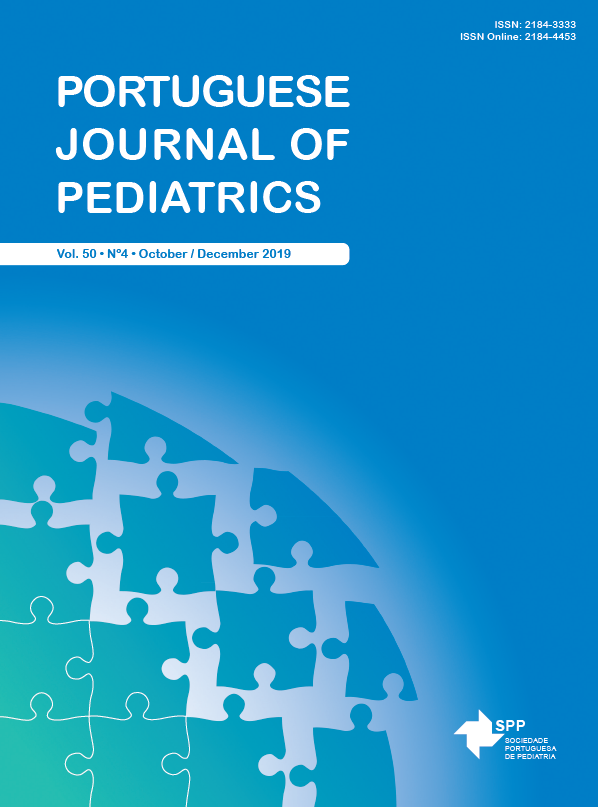Ingestion of Magnetic Foreign Bodies: Two Clinical Cases, Two Approaches
Date of submission: 02-07-2018 | Date of acceptance: 18-03-2019 | Published: 12-11-2019
DOI:
https://doi.org/10.25754/pjp.2019.14743Abstract
Although rare, the ingestion of magnetic foreign bodies has been increasing due to greater accessibility to toys with embedded magnets. We present two cases of pediatric ingestion of foreign bodies. Case 1 refers to a 16-month-old child with an intestinal obstruction. After an initial assessment and abdominal X-ray that revealed the presence of foreign bodies, the patient underwent surgery. A jejuno-jejunal fistula was identified containing magnets. Case 2 is about a 6-year-old child who swallowed two magnetic foreign bodies, as observed by her mother. The reassuring clinical state of the patient allowed us to maintain conservative treatment. On the eighth day, the foreign bodies were eliminated without complications. Despite the controversy regarding the best treatment after the ingestion of magnetic foreign bodies, the follow-up should be careful and according to the clinical situation, as complications can occur, and urgent surgery may be required.









